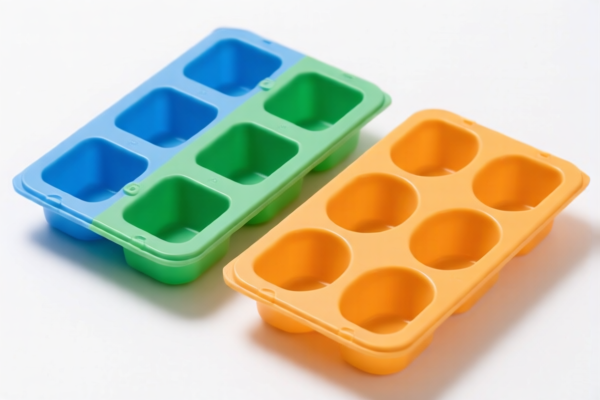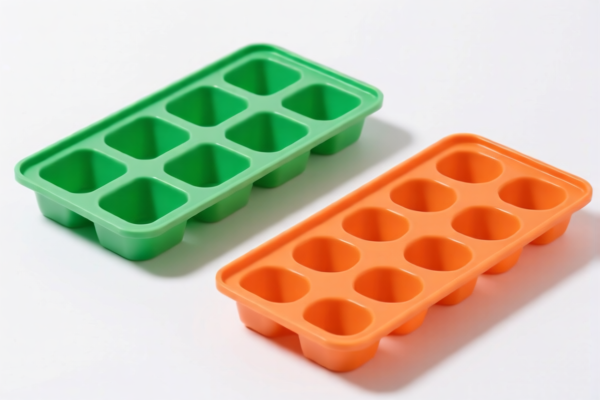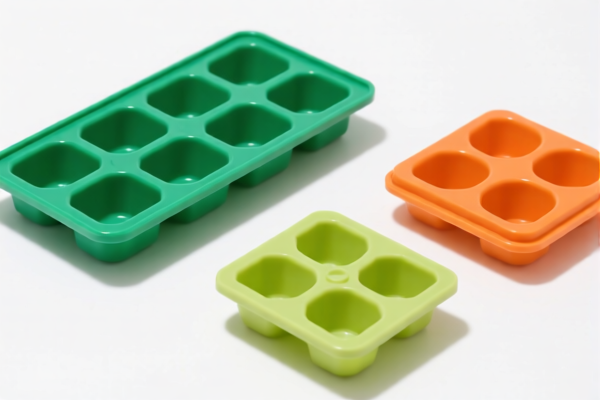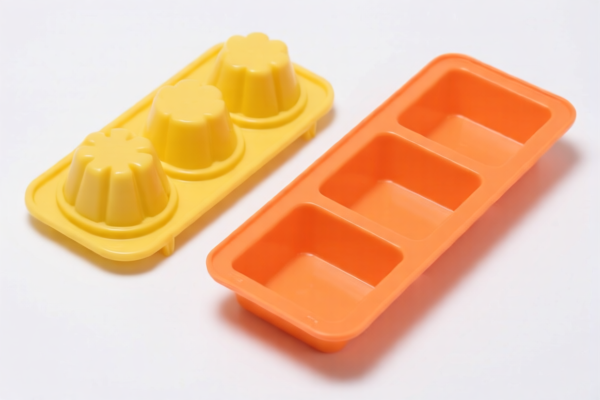| HS Code | Official Doc | Tariff Rate | Origin | Destination | Effective Date |
|---|---|---|---|---|---|
| 8480700000 | Doc | Error | CN | US | 2025-05-12 |




Okay, let's break down the classification and potential implications for your declared item: PLASTIC MOULDS based on the provided HS Code.
Here's a detailed analysis:
1. HS Code: 8480.70.00.00 – What does this mean?
- Chapter 84: This chapter covers "Nuclear reactors, boilers, machinery and mechanical appliances; parts thereof." Essentially, it deals with a wide range of industrial machinery.
- 8480: Specifically, this heading covers "Moulds for plastics, rubber or metal." This is where your product falls – it's recognized as tooling used in manufacturing processes.
- 8480.70: This subheading narrows it down to "Moulds for rubber or plastics." This is a more precise classification for your plastic moulds.
- 8480.70.00.00: This is the final, most specific code. The "00.00" indicates it's a general classification within moulds for rubber or plastics, without further sub-categorization based on material or specific type.
2. Product Description & Classification Accuracy:
The provided description – "Molding boxes for metal foundry; mold bases; molding patterns; molds for rubber or plastics: Molds for rubber or plastics" – aligns well with the HS Code 8480.70.00.00. However, it's a broad description. Here's where we need to be careful:
- Metal Foundry Components: The mention of "Molding boxes for metal foundry" is a bit tricky. If these boxes are specifically designed for metal casting and are made of metal, they might fall under a different HS Code (e.g., Chapter 73 for iron or steel products). The HS Code provided is for the plastic moulds themselves.
- Mold Bases: Mold bases are often considered parts of the moulds. If they are imported separately, they could have a different HS Code depending on their material and function.
- Molding Patterns: These are also potentially separable items. If they are made of wood, metal, or other materials, they might require a different classification.
3. Tax Information:
The system indicates "Failed to retrieve tax information" and "Error" for total tax. This is a critical issue. You must obtain accurate tax information before proceeding with import/export. Here's how to do that:
- Country of Import: Tax rates vary significantly based on the destination country. You need to specify the country of import to get the correct tax rate.
- Trade Agreements: Check if there are any trade agreements between China and the importing country that could reduce or eliminate tariffs.
- Consult a Customs Broker: I strongly recommend working with a customs broker in the importing country. They can provide definitive tax information and handle the import process for you.
4. Key Considerations & Recommendations:
- Material Composition: Confirm the exact material of the plastic moulds. Are they made of pure plastic, or do they contain metal components? This can affect classification.
- Single Piece vs. Multiple Parts: Are the moulds imported as complete units, or as separate parts? Separate parts might require individual classification.
- Functionality: What is the specific function of the moulds? Are they for mass production, prototyping, or a specific industry?
- Value/Single Price: The declared value (single price) of the moulds is crucial for tariff calculation. Ensure it's accurate and reflects the true transaction value.
- Certifications: Depending on the importing country and the intended use of the moulds, you might need specific certifications (e.g., safety certifications, quality certifications). Check the import regulations of the destination country.
- Origin Declaration: Ensure you have the correct documentation to prove the origin of the goods (China). This is important for trade agreement benefits.
In summary: HS Code 8480.70.00.00 appears to be a reasonable starting point for classifying your plastic moulds. However, you must verify the accuracy of this classification based on the specific characteristics of your products and the import regulations of the destination country. Prioritize obtaining accurate tax information and consulting with a customs broker.
Do you have the country of import for these goods? Knowing that will allow me to provide more specific guidance.
Customer Reviews
The page has useful info, but I wish the tariff rate wasn't marked as an error. It would have been more helpful if I could see the actual rate.
Great explanation of the HS code for plastic molds. I'm exporting to the US and this page saved me a lot of time.
The info on HS code 8480.70.00.00 was helpful, but I was disappointed that the tariff rate wasn't available. Still, it gave me a good starting point.
The HS code 8480700000 for plastic molds was exactly what I needed. The detailed breakdown helped me understand the classification better.